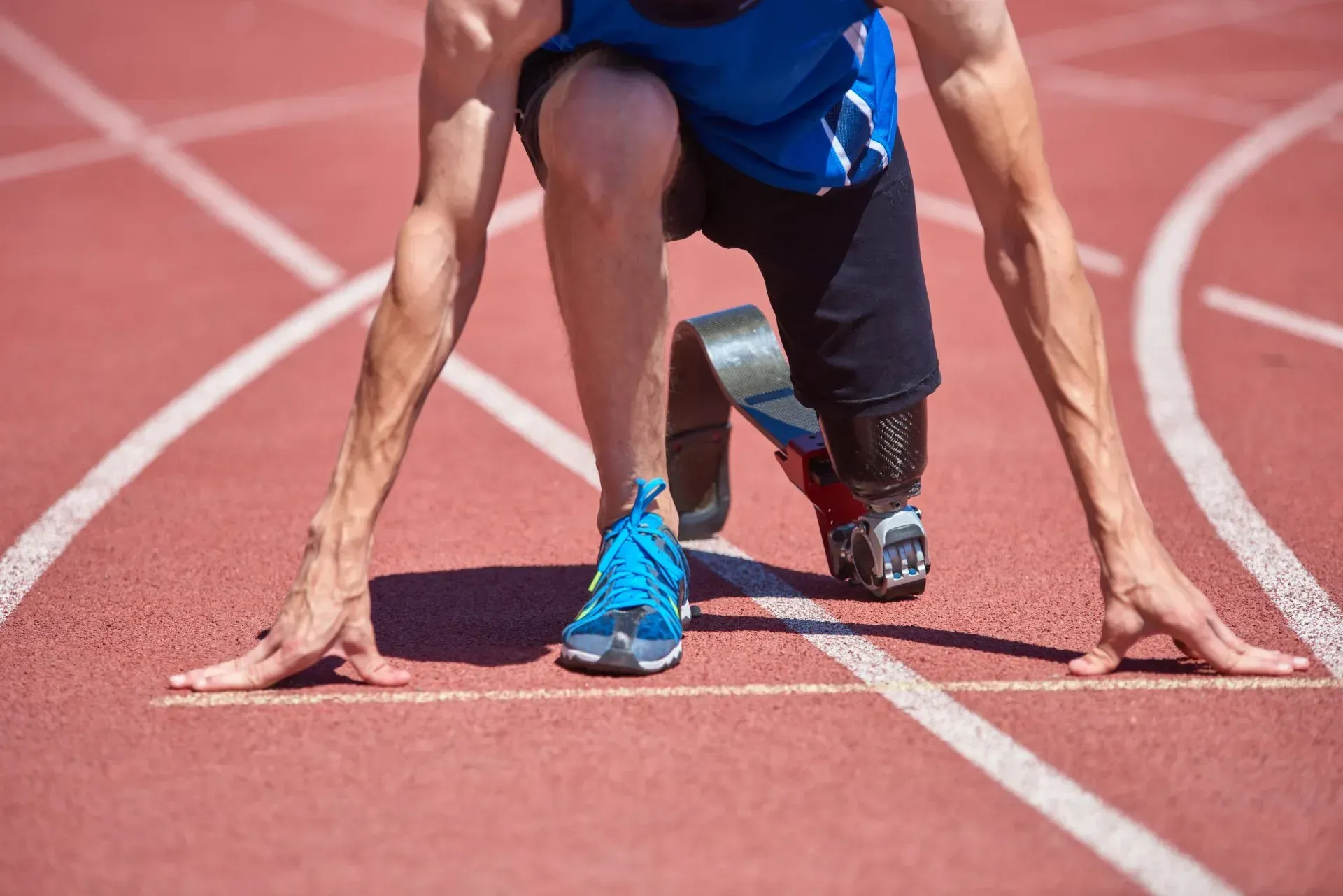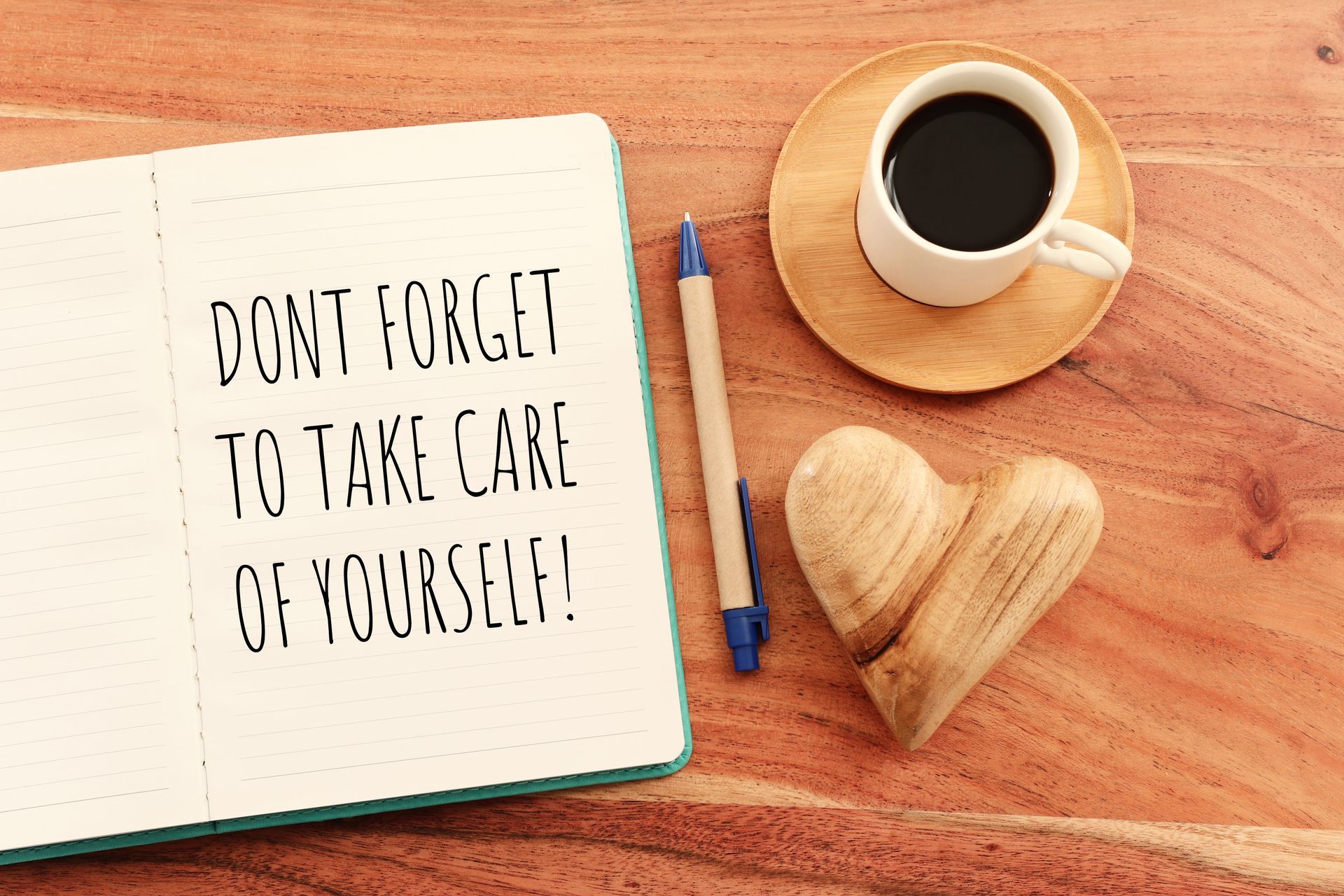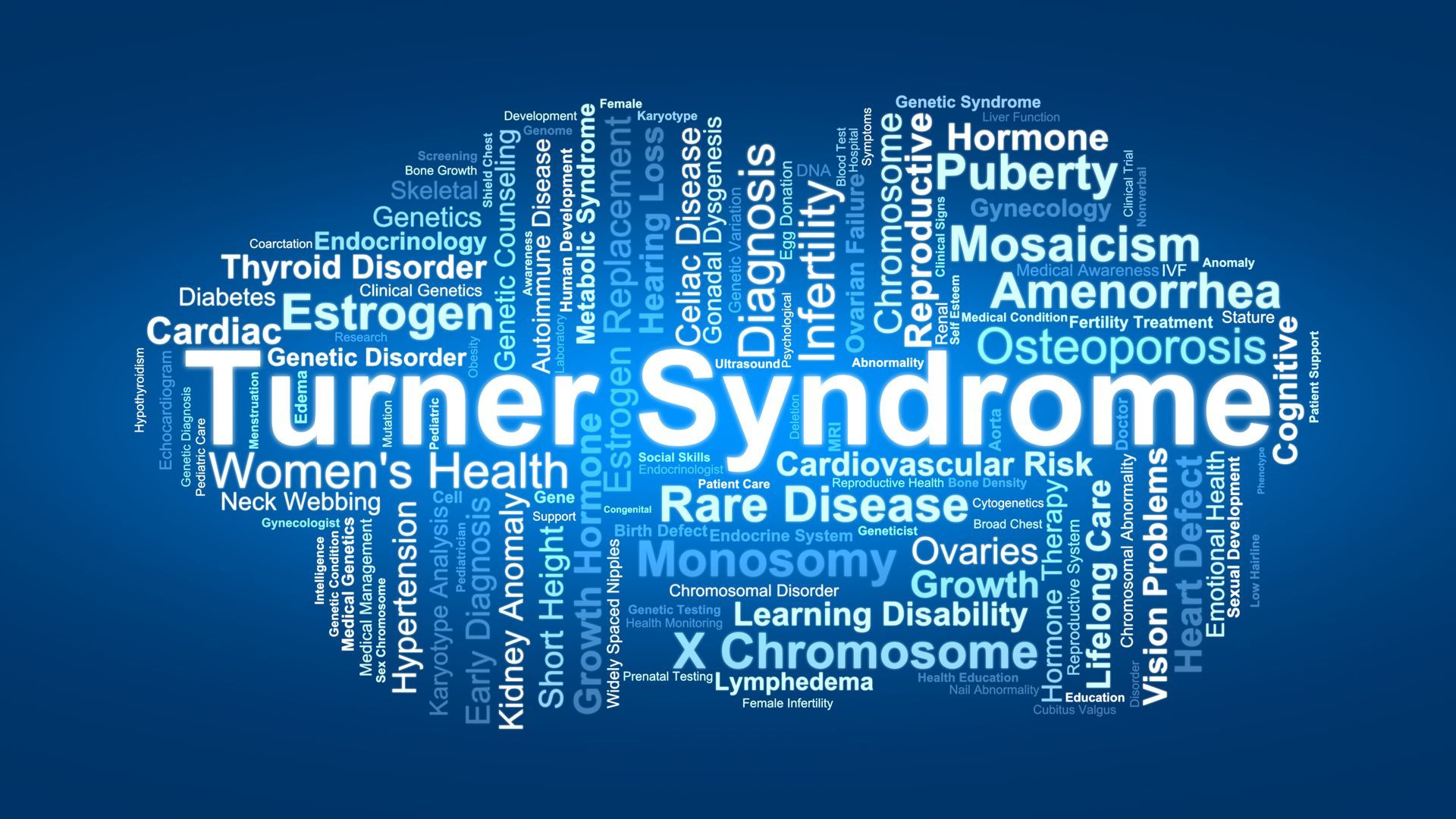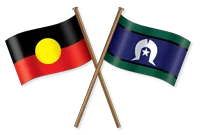The Birmingham 2022 Commonwealth Games. No separate schedules. No separate games.

The biggest para-sport program in history:
No separate schedules.
No separate games.
The Commonwealth Games is the only major international multi-sport event that integrates Para sport and non-Para events. The 2022 Commonwealth Games will have the highest representation of para sports of any Commonwealth Games, with a program that sees para-athletes compete across eight sports and 42 events.
Australia is fielding our largest para-athlete team with 74 para-athletes, alongside eight guides, pilots and directors with representation in each of the eight para sports, swimming, athletics, powerlifting, lawn bowls, table tennis, track, triathlon and basketball.
This year is also the first time the Commonwealth Games have an integrated program of sports featuring both athletes and para-athletes. No separate schedules. No separate games.
The most inclusive and accessible games yet
Birmingham have taken the approach of inclusion beyond the sports program with their vision for the games
"To deliver an inclusive and accessible Commonwealth Games experience for everyone."
Three key objectives that the organising committee identified has allowed them to deliver on this vision, they are;
- delivering a legacy of promoting and celebrating diversity and inclusion in the West Midlands and the Commonwealth
- more engagement in sports and physical activity resulting in the improvement of underrepresented groups getting involved and/or participating in sport
- ensuring the Games are accessible and inclusive for everyone: athletes, team officials, volunteers, spectators, media and our key stakeholders.
From the very beginning the organising committee ensured that diversity and inclusion were celebrated and considered, and by doing so they have been able to holistically thread this through the main event, side events planning activities, and community engagement leaving a legacy of Community Cohesion, Inclusion and Pride.
The Games inclusion priorities are:
- Developing a workforce reflective of the West Midlands
- Delivering a highly accessible and inclusive Games
- Creating a fair, supportive and open culture throughout the Games delivery
- Connecting communities to the Games through engagement and participation
- Educating and developing our shared understanding on issues of inequality
There is a lot to be learned from these games and we are excited to see how Australia will build on this legacy in Victoria in 2026.
New medals designed with inclusion in mind
As part the continuous progression to a fully inclusive Games, new medals are being introduced at this years event that represent the integration of able-bodied and Para sports.
The medals will be minted in a way so that visually impaired athletes can feel the design. The ribbon attached to the medal is also adjustable, so that it sits comfortably when worn, no matter the height of the athlete.
And we just think this is pretty awesome. Find out more about the medal design.
#NDIS #inclusion #Disability #ParaSports #ParaAthletes #Birmingham #CommonwealthGames #Diversity
News & Insights
Check Our Latest Resources







